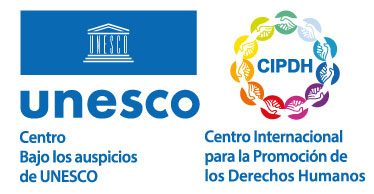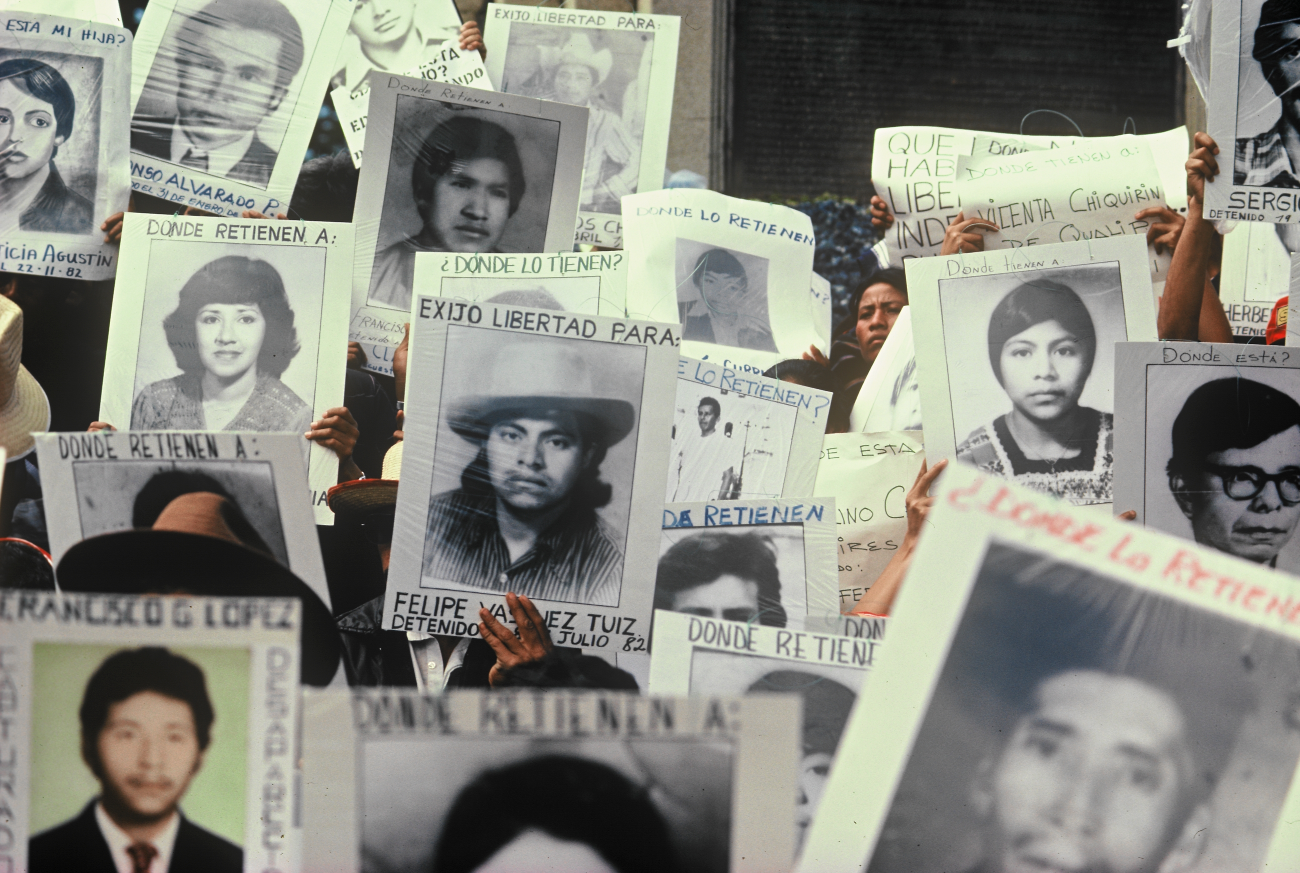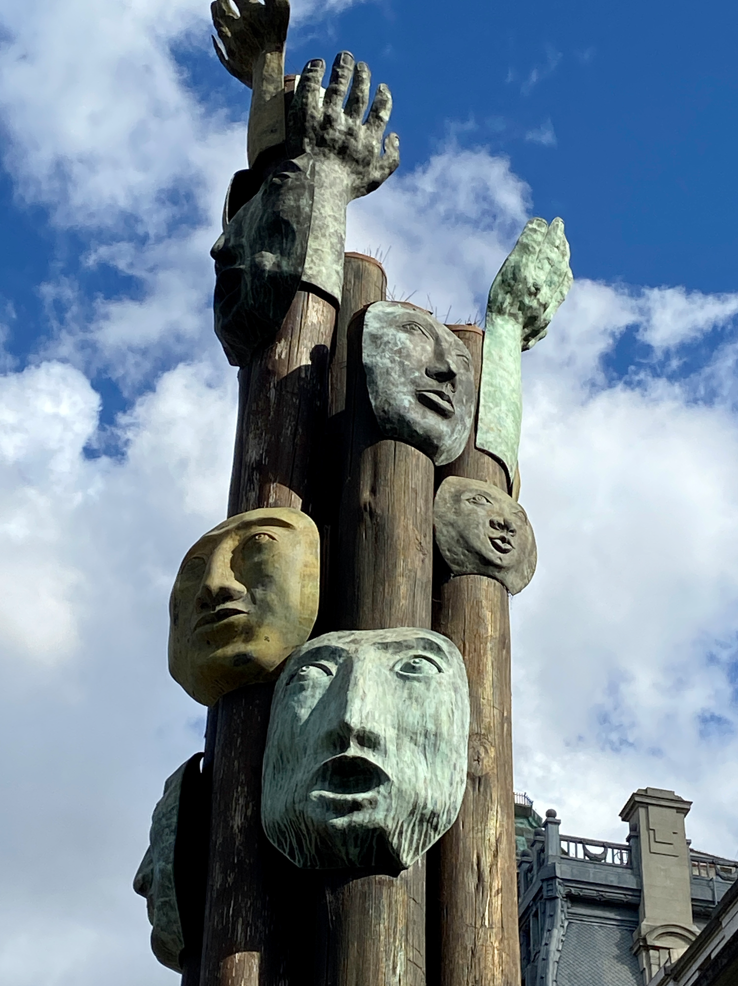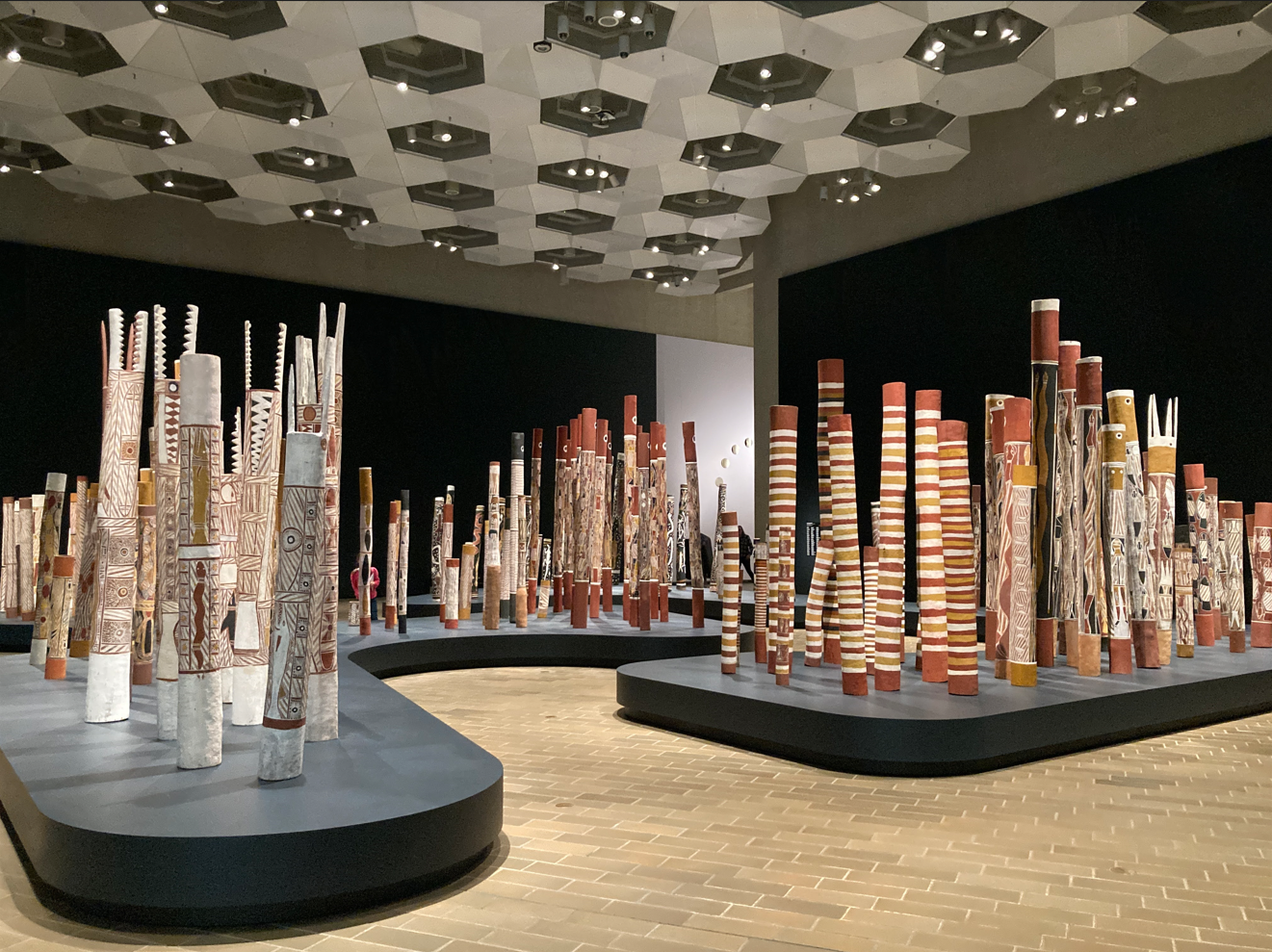Tuskegee Legacy Museum
Museum
Theme: Genocide and/or Mass Crimes

Address
Tuskegee University, 1 Benjamin F Payton Dr
Country
United States
City
Tuskegee
Continent
America
Theme: Genocide and/or Mass Crimes
Purpose of Memory
To serve as a permanent memorial to the victims and survivors of the Macon County Black Male Untreated Syphilis Study.
Public Access
Free
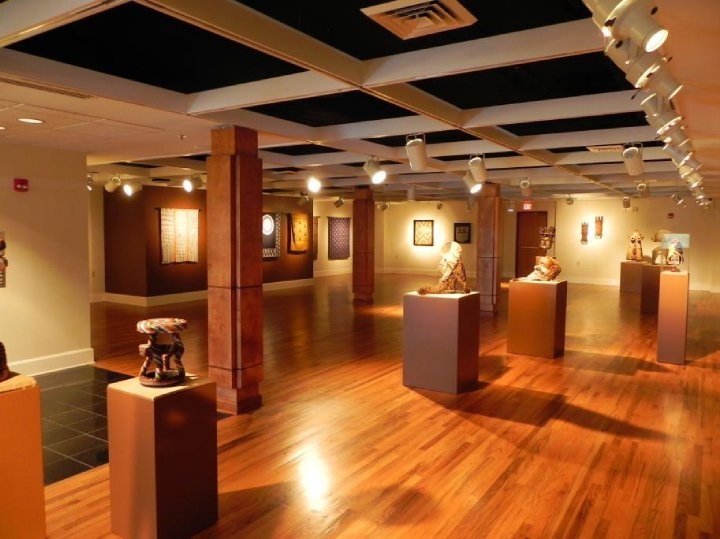
Location description
Located on the Tuskegee University campus and inaugurated in April 2009, the Legacy Museum was designed with two floors of nearly 2800 m2 of exhibit space. Exhibits and displays highlight historic moments in Tuskegee University and the Tuskegee community in public health, science, medicine, as well as its visual arts collection. On the third floor is the permanent exhibit “The United States Public Health Service Study of Untreated Syphilis in the Negro Male, 1932-1972,” with a wealth of documents, photographs, testimonials, essays, correspondence and artwork relating to the study and its aftermath.
In 1932, the United States Public Health Service (USPHS) initiated an experiment entitled “Study of Untreated Syphilis in the Negro Male of Macon County, Alabama,” also called the Tuskegee Study, to determine the natural course of untreated latent syphilis in African-American males.
The trial included 399 syphilitic men, as well as 201 uninfected men who served as control population. The first published report on the study appeared in 1936, and subsequent articles were published every four to six years until the 1960s. In the early 1950s, when penicillin became widespread as the preferred treatment for syphilis, the men participating in the study did not receive therapy. In fact, on several occasions, the USPHS attempted to prevent treatment by other sources. In addition, a committee of the Center for Disease Control, operated by the U.S. federal government, decided in 1969 that the study should continue.
The prevailing scientific thinking about race and heredity in the early 20th century is crucial to understanding the Tuskegee Study. This particular configuration of ideas, assimilated to social Darwinism, formed the core of medical opinion about African Americans, sex, and disease in the early 20th century: it was argued that essentially “primitive” peoples could not assimilate into a complex white civilization. Under this conception, the African-American population was especially prone to disease, vice and crime. Their sexual desire was considered excessive and their brains underdeveloped. The medical profession supported these conclusions of the anthropologists, ethnologists and biologists of the late 19th and early 20th centuries. According to these physicians, lust and immorality, unstable families, and “barbaric tendencies” made African Americans especially prone to sexually transmitted diseases.
The USPHS determined that Macon County, Alabama, in which the city of Tuskegee is located, had the highest rate of syphilis of the six counties surveyed for this purpose. The assumptions that the conditions in Tuskegee existed “naturally” and that men would not receive treatment anyway provided the rationale for the experiment: these two assumptions were based on prevailing medical attitudes toward African Americans, sex, and disease.
Modern medicine has always considered it a principle never to perform an experiment on a human being that could be unnecessarily harmful in any way to his/her integrity, no matter how valuable it may be for science (at least without the informed consent of the subject). This principle and others were typified in the Nuremberg Code (1947), when the military tribunals that judged the crimes against humanity perpetrated by Nazism exposed the atrocities of the medical experiments carried out by the Nazis on human beings. In the United States v. Karl Brandt et al. trial, whose intervening court articulated the Nuremberg Code as part of the verdicts, official representatives of the American Medical Association (AMA) clearly suggested that experiments such as the Tuskegee Study were unacceptable practices in the United States and throughout the world. However, the study continued even after the Code and its provisions had become widely disseminated in the scientific community and the general population. Other codes of ethics for scientific research that arose out of the need to expand and complement the Nuremberg Code include the Declaration of Helsinki (1964), the AMA’s Ethical Guidelines for Clinical Research (1966), and the American Psychological Association’s code (1972), all of which were developed and disseminated while the Tuskegee Study was still active.
A July 26, 1972 article in the New York Times reported nationally and for the first time on the study, citing it as “the longest non-therapeutic experiment on human subjects in the history of medicine.” At that time, seventy-four of the test subjects were still alive and at least twenty-eight (although there is speculation that the actual number would be over one hundred) had died directly from advanced syphilitic lesions. On August 28 of that year, following press reports, the Department of Health, Education and Welfare (DHEW) formed the Tuskegee Syphilis Study Ad Hoc Advisory Panel in response to criticism provoked by press descriptions of the experiment. The nine-member panel (five of whom were African American) focused on two issues: first, whether the study was justified in 1932 and whether the men had given informed consent, and second, whether they should have been given penicillin when it became available in the early 1950s. The group was also tasked with determining whether the study should be terminated and to evaluate current policies on human experimentation. The Department of Health, Education and Welfare did not stop the experiment until November 19, 1972, and even then it did only due to adverse reaction among the public. The Advisory Panel published its report seven months later: it found that the study had been “ethically unjustified” and argued that the men should have been given penicillin. However, the DHEW investigation failed to mention a crucial fact: that the men participated in the study under the impression that they were or would be treated. Moreover, during the forty years of the experiment, the USPHS attempted on several occasions to ensure that the subjects did not receive treatment from other sources.
In 1974, as part of the settlement of a class action lawsuit filed by the National Association for the Advancement of Colored People (NAACP) on behalf of study participants and their descendants, the U.S. government paid $10 million and agreed to provide free medical treatment to surviving participants and surviving family members infected as a result of the study. The US Congress also created a commission empowered to draft regulations in order to prevent similar abuses from occurring in the future.
In 1994, twenty-two years after the end of the Tuskegee experiment, a multidisciplinary conversatory at the University of Virginia entitled “Doing Evil in the Name of Good? The Tuskegee Syphilis Study and Its Legacy” brought together survivors and organizations involved in the ethical aspect of medicinal experimentation. The participants agreed to form the Tuskegee Syphilis Study Legacy Committee, chaired by Dr. Vanessa Northington Gamble.
This committee published its final report in May 1996, stating that “the Study is a significant factor in the low participation of African Americans in clinical trials, organ donation efforts and routine preventive care”, given the distrust in the relationship between the African American community on the one hand and the biomedical professions and U.S. state agencies on the other. The two inseparable objectives of the Committee were to obtain a presidential apology to survivors, their families and the Tuskegee community; and the development of a strategy to address and repair the damage caused by the experiment in order to transform its legacy. For the latter, the Committee recommended the development of a professionally staffed center in Tuskegee for public education about the Study, training programs for health care providers, and a clearinghouse for information on ethics in scientific research. The mission conceived for this new Center was to preserve the national memory of the Tuskegee Syphilis Study for public education and academic research, and to analyze and disseminate findings on effective and ethically acceptable ways to address the aforementioned lingering distrust among African Americans and other people of color regarding medical practices.
A year after the release of the report and its recommendations, on May 16, 1997, then U.S. President Bill Clinton formally apologized in a ceremony in the East Room of the White House in front of five of the eight survivors of the study and their families. Clinton addressed them with the following words: “No power on Earth can bring back the lives lost, the pain suffered, the years of torment and anguish. What was done cannot be undone. But we can end the silence. We can stop turning our heads away. We can look them in the eye and finally tell them, on behalf of the American people, that what the U.S. government did was shameful, and I am sorry.”
At the same event, Clinton announced the creation of a “lasting memorial,” indicating as the relevant site Tuskegee University, of which renowned members of the African-American community such as Booker T. Washington and George Washington Carver were part of. The Department of Health and Human Services (successor to the Health, Education and Welfare Service, the office responsible for the experiment in previous decades) was designated to fund a bioethics and health care research center that, according to President Clinton’s statement, “will serve as a museum of the Study and support efforts to address its legacy and strengthen bioethics training.”
The Legacy Museum was opened in April 2009 as a product of former President Clinton’s official proclamation in his official apology, and with the stated goal of honoring the victims of the Tuskegee Study. It is housed in the National Center for Bioethics in Research and Health Care at Tuskegee University and displays works from its art collection along with exhibits that address the relationship between public health, science and medicine. On the third floor is the permanent exhibit “The United States Public Health Service Study of Untreated Syphilis in the Negro Male, 1932-1972.” The exhibit can be visited digitally on this link.
The Tuskegee community also has other sites such as the Tuskegee History Center, which also grew out of the presidential proclamation and was originally established in 1997 to serve as a permanent memorial to the victims and survivors of the experiment. The Center’s mission was later expanded to commemorate the civil rights’ history and multicultural diversity of Macon County.

Links of interest
Legacy Museum | Tuskegee University
FINAL REPORT of the Tuskegee Syphilis Study Ad Hoc Advisory Panel (1973)
Tuskegee Study - Timeline - CDC - OS
Racism and Research: The Case of the Tuskegee Syphilis Study Share Your Story
Apology For Study Done in Tuskegee
Presidential Apology for the Study at Tuskegee | Britannica
Memorandum Terminating the Tuskegee Syphilis Study
Final Report of the Tuskegee Syphilis Study Legacy Committee — May 1996 | University of Virginia
Revista Redbioética/UNESCO, año 7, vol. 1, no. 13, enero-junio de 2016
